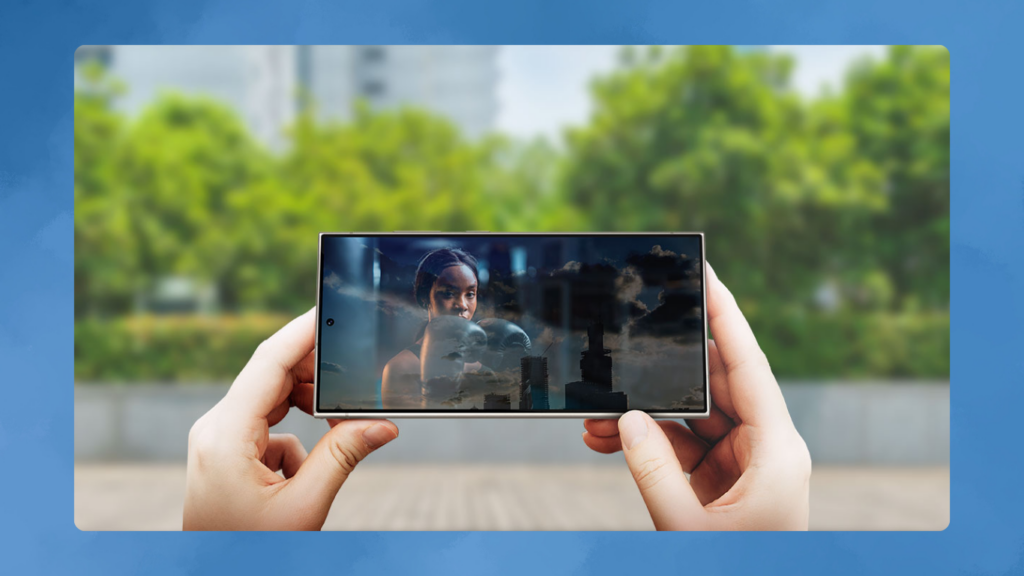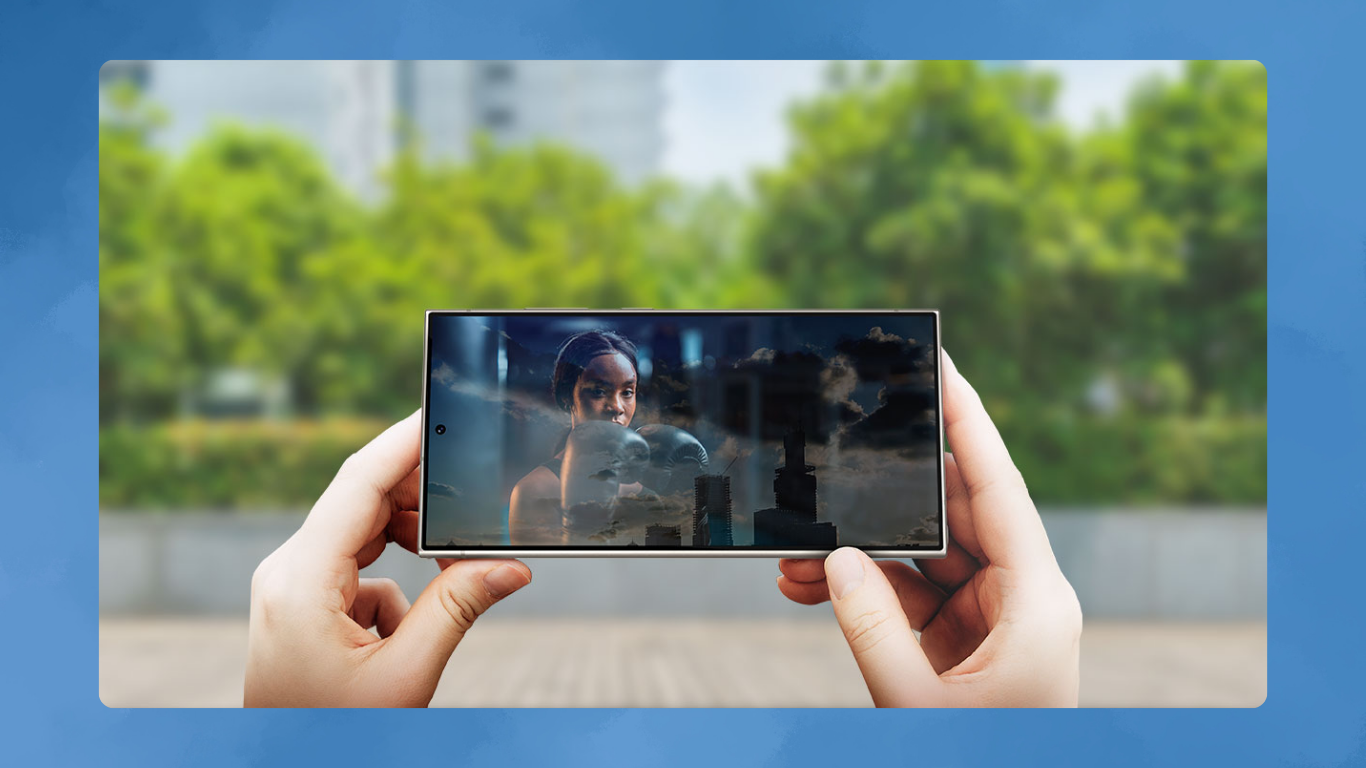The first time I held the Google Pixel 9 Pro series, it instantly brought back memories of my initial encounter with the iPhone 12 Pro. The shift from last year’s curved design to the new flatter edges dramatically changed not only the feel of the device in hand but also its perceived value. The Pixel 9 Pro and Pro XL have a distinctly premium vibe, and Google clearly knows it.
This newfound sense of luxury comes with a price increase. Google has raised the stakes this year, with the standard Pixel 9 starting at $799, the Pro at $999, and the Pro XL at $1,099. In today’s economic climate, it’s a bold move, but one that aligns Google with what other industry giants like Samsung and Apple are charging for their flagship models.

Fortunately, the higher price tag is accompanied by some significant upgrades. After a week with the Pro XL—and a brief stint with the smaller Pro—I’ve come to appreciate what Google has packed into these devices. The display is brighter than ever, reaching up to 3,000 nits, which makes it easy to view even in bright sunlight. AI features such as Call Notes and enhanced Pixel Screenshots have proven to be incredibly useful, and the faster 45W charging is a welcome improvement. The new Tensor G4 chip ensures that everything runs smoothly, and the ultrasonic fingerprint sensor is impressively quick.
For me, the standout feature of the Pixel 9 Pro series is its design. The flat edges provide a comfortable and secure grip, making swiping and typing more enjoyable. The inclusion of Gorilla Glass Victus 2 adds double the durability compared to last year’s model, giving it a more solid feel. Whether you opt for the smaller or larger model, Google offers a size that fits your preference. In comparison, the Pixel 8 Pro feels almost outdated, lacking the refinement of this year’s design.
However, the Pixel 9 Pro is not without its drawbacks. The camera bump, a signature element of the Pixel’s design, remains an issue. It tends to collect dust and debris around the edges, and the visor easily picks up fingerprint smudges. Additionally, the frosted back glass, particularly in the Obsidian color, is prone to micro-scratches. My advice? Choose a different color to avoid these minor frustrations.

Performance-wise, the Pixel 9 Pro series excels. The combination of the Tensor G4 chip and 16GB of RAM makes it faster and more powerful than its predecessor, whether you’re browsing with multiple tabs, loading videos, editing photos, or gaming. The enhanced on-device AI capabilities also contribute to a smoother and more responsive user experience.
One real-world scenario that showcased its performance was during a recent Uber ride to the airport. I was simultaneously uploading clips from the Made by Google event, downloading movies for my flight, and running location tracking in the background. Despite these demanding tasks, the phone only experienced mild warming, and the battery life dipped by just 3% during the 20-minute ride—an impressive result for any smartphone.
In conclusion, the Google Pixel 9 Pro series delivers a blend of sleek design, robust performance, and intelligent features that justify the increased price. Whether you go for the Pixel 9 Pro or the Pro XL, you’re getting a device that stands tall among the best smartphones available today.

Subtly charming pop culture geek. Amateur analyst. Freelance tv buff. Coffee lover
